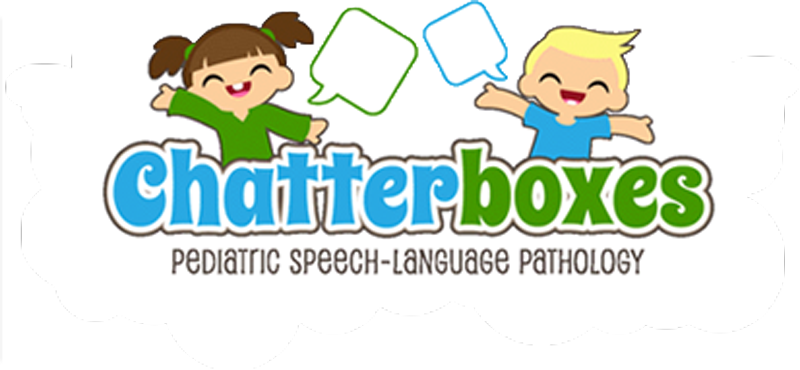Category Archives: Early Intervention
The Checkout Line
Caden appeared to have caught-up his peers, so we decided we could take a break from Speech Sessions for the Summer. Summer quickly turned into Fall and Caden started a new Preschool when he turned four. He loved school and was playing T-Ball for the Royals on weekends.
Maddie, her Mom and a “My Little Pony” named ‘Sparkle’
5 Steps to Understanding Your Speech Therapy Benefits
How to Solve Back to School Worries
What’s a social story?
A social story is a concise descriptive tool, used to illustrate a situation, event, concept or desired skill. Social stories model appropriate social cues and/or behavior, different perspectives of
-
Assisting with and preparing for transitions or new experiences, e.g., the first day of school
-
Supporting development of self-care skills, e.g., getting dressed
-
Encouraging appropriate social skills, e.g., turn-taking in play and conversation
-
Modeling expected or appropriate behavior
-
Demonstrating what is unexpected or inappropriate behavior
-
Understanding others’ perspectives and responses to situations
-
Managing unexpected or stressful events or changes to routine, e.g., a new teacher
-
Developing positive self-image/encouraging self-esteem
Three Concepts Mr. Potato Head can Teach Your Child!
Strategies for Improving your Child’s Articulation Abilities:
Cast a Sparkle on “Time Out!”
Transform your child’s next “Time Out” into a time where they can calm themselves and reflect on a recent incident. You might work together to create a “Calming Jar” and talk about how each of the sparkles can represent our thoughts. When we are feeling upset, or overwhelmed, our thoughts can rapidly swirl around our mind much like a blizzard; The Calming Jar helps us to settle our thoughts, as the glitter slowly and quietly comes to rest on the base of the jar.
Then, during your child’s next “Time Out” shake up your Calming Jar and ask your child to take a deep breath and sit watching the sparkles inside until the jar settles and all the sparkles fall to the bottom. This may visually calm your child and allow them to be ready for conversation.
The Top 10 Characteristics of Childhood Apraxia of Speech (CAS)
These hallmark characteristics include:
12 Strategies to Make Your Home a Fluency-Faciliating Environment
Demands can be placed on a child by themselves, or by other listeners. Some examples of demands include:
-
Competition for talking time (lack of turn taking)
-
Time pressure
-
Negative listener reactions
-
Excitement/extreme emotion














